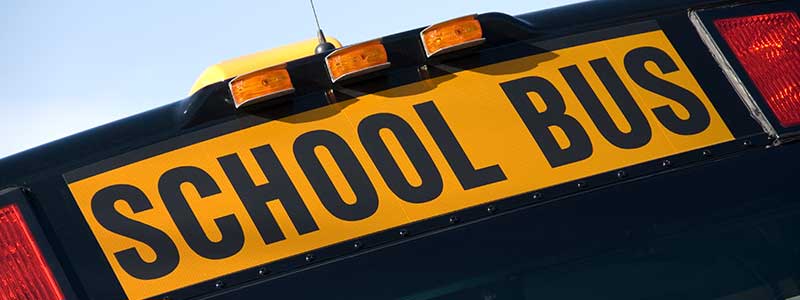As per data from the National Highway Traffic Safety Administration (NHTSA), students are significantly safer when commuting to school on a school bus, with a safety rate 70 times higher than traveling by car. This remarkable level of safety is a direct result of the meticulous planning and management involved in overseeing modern school bus fleets.
Each new school year presents a golden opportunity to enhance these fleets for the 26 million school bus passengers annually.
Given the ever-evolving regulations and technological advancements that influence the landscape of today’s school bus fleets, we offer three essential recommendations for school and school district transportation managers:
1. Have a Critical Incident Response Plan
The importance of having a well-defined and comprehensive critical incident response plan cannot be overstated. It is crucial for school and district transportation managers to proactively develop and put into practice a plan that addresses potential emergencies or unforeseen situations, ensuring the safety and well-being of students.
A critical incident response plan should encompass various scenarios, including but not limited to natural disasters, accidents, security threats, and medical emergencies. Such a plan should outline clear protocols, communication strategies, and action steps to be taken by drivers, staff, and authorities in the event of an emergency.
In the event of emergencies, swift communication is paramount. Fleet managers must ensure that all drivers and district staff possess up-to-date contact information and understand the designated points of contact for immediate decision-making during critical situations.
Furthermore, consider integrating smart fleet management technology to facilitate real-time tracking of school bus fleets, providing instant reports on the precise location of each bus and the students aboard. Such technology bolsters security and safety by delivering immediate alerts when buses deviate from optimal operational efficiency or require maintenance.
One solution that can significantly enhance the effectiveness of a critical incident response plan is Zonar ZPass. This innovative technology enables real-time determination of students’ whereabouts during their bus commute.
With ZPass, parents and school authorities can gain immediate access to information regarding the location and status of each student on the bus. In the event of an emergency, this capability provides invaluable insights, facilitating swift and informed decision-making.
By integrating ZPass into the critical incident response plan, school districts can enhance their ability to respond promptly and effectively to emergencies, thereby ensuring the safety and well-being of all students under their care. Furthermore, it offers parents much-needed reassurance by providing real-time visibility into the whereabouts of their children.
2. Monitor Cost-Incurring Behaviors:
Understanding the operational behavior of each vehicle is pivotal in identifying areas for quantifiable improvement. Drivers’ conduct varies for numerous reasons, and each trip introduces a distinct set of challenges, especially when catering to the daily transportation needs of students. Excessive idling, speeding, and deviations from designated routes can adversely affect budgetary constraints.
Therefore, it is advisable to explore solutions that empower fleet managers and drivers to collect, track, and report real-time data. This data not only enables swift response during exigencies but also facilitates the identification of correctable and coachable trends and behavioral patterns that impact the budget negatively.
For instance, Columbus City Schools implemented technology solutions that led to a 50% reduction in speeding incidents, translating to an annual savings of $110,000 for inspections and enhanced customer service. Additionally, such solutions facilitate adherence to state-mandated regulations, particularly the requirement for buses to limit idling time to a maximum of five minutes, thereby contributing to environmental responsibility.
3. Ensure Stringent Compliance:
A comprehensive understanding of federal, state, and school district protocols and procedures is imperative. It is essential to ensure unwavering adherence to these regulations by every stakeholder within the fleet, from drivers to fleet managers.
Fleet Management Solutions such as Zonar’s EVIR prove instrumental in enhancing compliance and accountability within fleet operations. Authenticated and verified pre-trip and post-trip inspections guarantee the immediate identification and reporting of safety defects. No bus departs the yard without undergoing a thorough inspection, and Dispatch is promptly notified of any issues. Additionally, this inspection tool can be effectively utilized for self-inspections, as many state inspectors do, in preparation for the annual summer inspection. School buses serve as the reliable replacement for over 17 million cars on the road daily, as parents recognize their unparalleled safety and convenience. By diligently undertaking these recommendations and proactively planning for the 2018 school year, fleet managers can significantly enhance fleet management, student safety, and fiscal budget management for their respective school districts.







